A series edited by Jane C. Desmond, Barbara J. King, and Kim Marra
Displaying Death and Animating Life
Human-Animal Relations in Art, Science, and Everyday Life
Jane C. Desmond
The University of Chicago Press
Chicago & London
Jane C. Desmond is professor of anthropology and gender and womens studies at the University of Illinois at Urbana-Champaign.
The University of Chicago Press, Chicago 60637
The University of Chicago Press, Ltd., London
2016 by The University of Chicago
All rights reserved. Published 2016.
Printed in the United States of America
25 24 23 22 21 20 19 18 17 16 1 2 3 4 5
ISBN-13: 978-0-226-14405-4 (cloth)
ISBN-13: 978-0-226-14406-1 (paper)
ISBN-13: 978-0-226-37551-9 (e-book)
DOI: 10.7208/chicago/9780226375519.001.0001
Library of Congress Cataloging-in-Publication Data
Names: Desmond, Jane C., author.
Title: Displaying death and animating life : human-animal relations in art, science, and everyday life / Jane C. Desmond.
Other titles: Animal lives (University of Chicago. Press)
Description: Chicago ; London : The University of Chicago Press, 2016. | Series: Animal lives
Identifiers: LCCN 2015046019 | ISBN 9780226144054 (cloth : alk. paper) | ISBN 9780226144061 (pbk. : alk. paper) | ISBN 9780226375519 (e-book)
Subjects: LCSH: Human-animal relationships. | Human-animal relationships in mass media. | Human-animal relationships in art.
Classification: LCC QL85.D485 2016 | DDC 590dc23 LC record available at http://lccn.loc.gov/2015046019
 This paper meets the requirements of ANSI/NISO Z39.48-1992 (Permanence of Paper).
This paper meets the requirements of ANSI/NISO Z39.48-1992 (Permanence of Paper).
Contents
Its always such a pleasure to write the acknowledgments section of a book. No book is written alone, whether we recognize the work of so many scholars coming before us or the community of scholars and friends who provide the context for new work and urge us on while providing the invigorating challenge of engaged critique. This book has taken nearly a decade to complete in the midst of other obligations and projects, and I have many individuals and institutions to thank for sustaining me and this set of investigations along the way.
In 1999, when I published Staging Tourism: Bodies on Display from Waikiki to Sea World, which compared the cultural tourism industry with the animal tourism industries in zoos and theme parks, the number of humanities scholars who were taking human-animal relations seriously was relatively few. Its been exciting to be in on the ground floor of this emergent scholarly communitys explosive growth. Now, colleagues at all career stages and across multiple disciplines feel freer to focus on the human and nonhuman animal interface, and this once neglected and very important aspect of social organization is entering a period of intense development as increasingly, institutional structures like conferences, book series (like the one I am editing at the University of Chicago Press), and curricular changes adjust to this new arena of knowledge production.
My own work was inspired by key scholars in animal studies during this emergent period, many of whom made significant contributions in clearing a space for important, intellectual community building and foundation-setting conversations to happen. I particularly thank Nigel Rothfels, Erica Fudge, Kari Weil, Harriet Ritvo, Ralph Acampora, Susan McHugh, Barbara J. King, Kim Marra, and the many others whose names appear throughout the endnotes of this work.
My superb editor at the University of Chicago Press, Doug Mitchell, has been essential to the development of this project. He maintained a passion for these issues over a long period of time, even as they morphed into totally unanticipated realms. His abiding support, creative mind, and stimulating intellectual engagement deserve special recognition and personal thanks here. Sincere thanks also to trenchant thinkers and generous colleagues Kim Marra and Barbara J. King for joining me in starting a new Animal Lives book series at Chicago, with Dougs support. Working with Doug, Kim, and Barbara has been a terrifically exciting and pleasurable experience that always advances my thinking. Their influence is felt in these pages.
Key institutional structures also helped me move ahead with this work, even in its formative stages. At the University of Iowa, Jay Semel and the Obermann Center for Advanced Studies offered a transformative setting off campus, and support in terms of time released from teaching, for Articulating the Animal, a faculty working group initiative that I co-convened in 20056 with my marvelous colleague Teresa Mangum of the English Department. Meeting every week with a small interdisciplinary group of colleagues (Ed Wasserman, Mary Trachsel, Kim Marra, and Pamela White) invigorated my belief in animal studies and shaped my thinking. An article from an art newspaper that Pam casually dropped on my desk one day gave rise to the final third of this book, about art by animals.
At the University of Illinois at Urbana-Champaign, where I moved in 2007, I was fortunate once again to receive institutional support. A faculty fellowship from the Illinois Program for Research in the Humanities brought my work on this book into the rich interdisciplinary seminar ecology led by IPRH director Diane Harris. The UIUC Center for Advanced Study, and especially associate director Masumi Iriye, were my mainstays for Knowing Animals: Histories, Strategies, and Futures in Human-Animal Relations, a yearlong, campus-wide initiative I spearheaded in 201011. My graduate students in the associated seminar, Knowing Animals, produced stimulating work that continued to move my thinking forward, and I thank them, especially the artist Maria Lux, and my assistant, Michele Hanks, now Dr. Hanks, for their passionate and challenging engagement with the issues. In addition, the UIUC supported a sabbatical in 201314 that enabled me to bring this manuscript to completion.
My colleagues in American Studies at Iowa and in the Departments of Anthropology and of Gender and Womens Studies at Illinois have also been supportive, even when this work was far afield from their own. I especially thank Paul Garber and Rebecca Stumpf of the UIUC Anthropology Department for guiding me in my exploration of primatology. Most recently, colleagues at the University of Illinois College of Veterinary Medicine have become important interlocutors as I continue to think about animals.
At the Oklahoma City Zoo and Botanical Garden, I thank the curatorial staff for granting me access behind the scenes and for welcoming my research so warmly. Scholars Linda Kalof, Georgina Montgomery, Julie Smith, Robert Mitchell, Una Chaudhuri, Jonathan Skinner, Helen Kopnina, Eleanora Shoreman-Ouimet, and others helped bring early versions of chapters to fruition through invitations to contribute to their innovative edited books. Graduate assistants and undergraduates at UIUC and at Iowa dug up important leads. Thanks over the years especially to Nikki Taylor, Sharon Lake, Brian Hallstoos, Danielle Rich, and Lance Larkin.
Audiences along the wayat the International Society for Anthrozoology conferences, at many wonderful animal studies conferences, and at lectures at the Clinton Institute for American Studies at University College, Dublin, the Polish Association for American Studies meetings in Lodz, the Summer School for American Studies at Orientale University in Naples, Italy, and Miami University of Ohioall provided further stimulation in the form of probing questions. The faculty and graduate student working group at the International Forum for U.S. Studies at UIUC gave very helpful feedback on the mourning chapters.

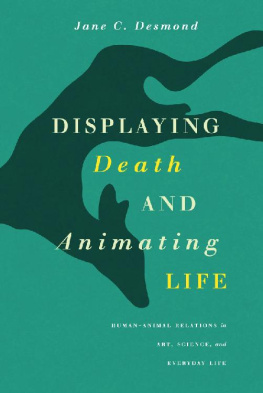
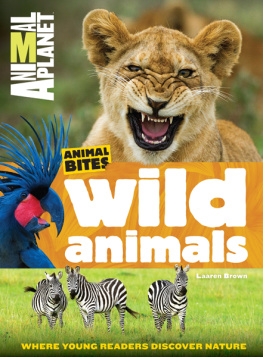
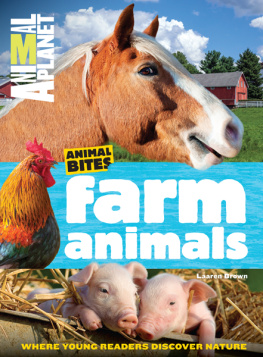


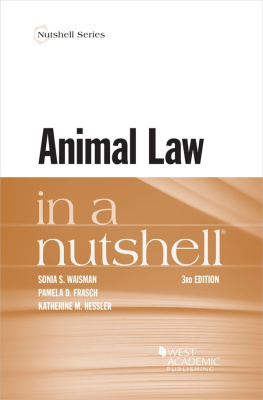
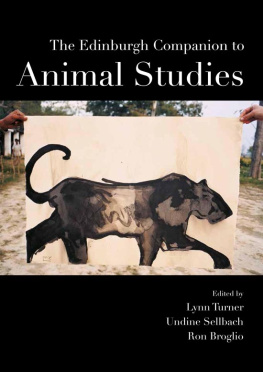
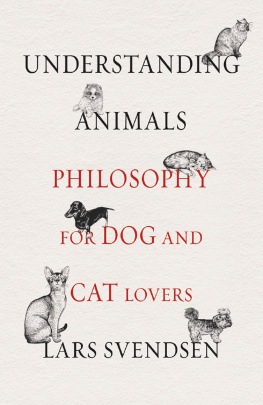
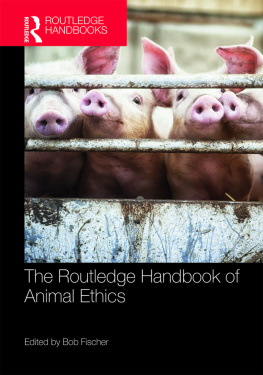
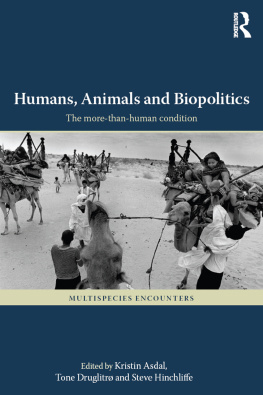
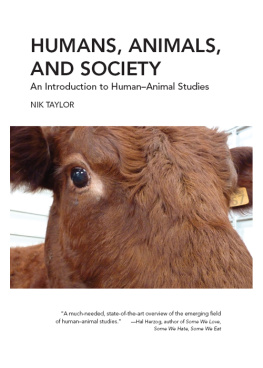
 This paper meets the requirements of ANSI/NISO Z39.48-1992 (Permanence of Paper).
This paper meets the requirements of ANSI/NISO Z39.48-1992 (Permanence of Paper).